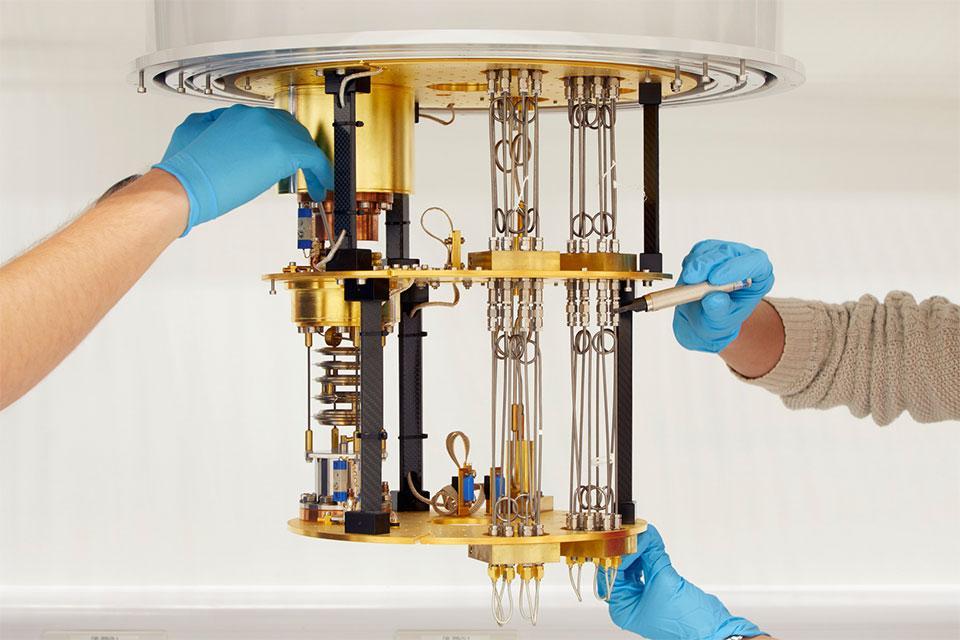Beecroft Building
Dr. Selina Olthof - University of Cologne
Abstract:
Research on novel semiconductors for application in optoelectronic devices has gained increasing interest in the last decades. Materials such as organic semiconductors or halide perovskites can have several advantages over the conventional silicon applications, e.g. their lower energy demand during production or the applicability in flexible devices. In particular for the perovskites, the currently achieved high power conversion efficiencies in solar cells are truly impressive.
In this talk, I will introduce photoelectron spectroscopy as a powerful tool to investigate the electronic structure of such novel semiconductors in order to gain a better understanding of their fundamental properties and functionality in devices; the focus hereby will be on our more recent work on halide perovskites. I will show how UV and inverse photoelectron spectroscopy make it possible to investigate the positions of the perovskites charge transport levels in order to probe how these are influenced by the perovskites composition. We are also interested in understanding how the electronic structure is affected by the dimensionality of the perovskites film and I will show systematic investigations of alkylammonium-based 2D perovskites.
These measurements of the electronic structure by photoelectron spectroscopy are particularly suitable to be combined with density functional theory calculations. A fruitful collaboration with the theory group of Prof. Tao from TU Eindhoven made it possible to understand the origin of the above-mentioned changes in electronic structure, in particular with respect to valence and conduction band positions. Various effects play a role here, including hybridization strength, atomic level positions and lattice distortion.
Finally, I will also discuss interfaces between 3D and 2D perovskites by introducing the related experimental technique of reflection electron energy loss spectroscopy. Such measurements can reveal changes in surface band gap of these samples which helps us to understand the formation of 2D surface layers that are often employed on perovskite solar cell devices.

